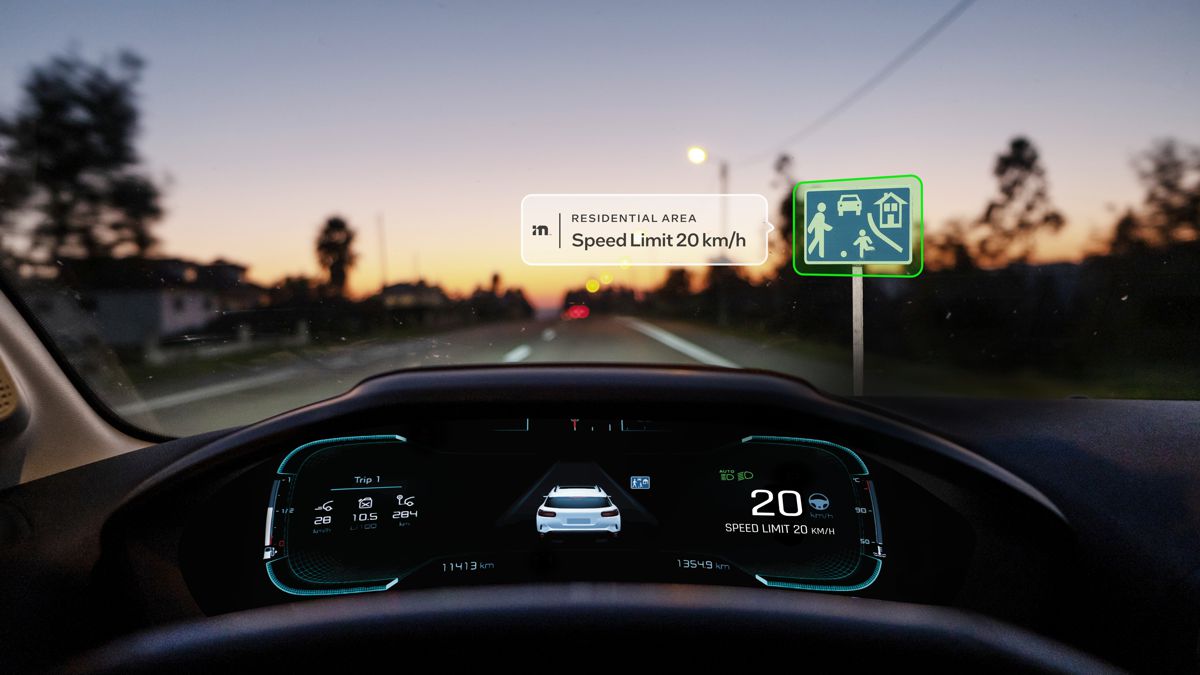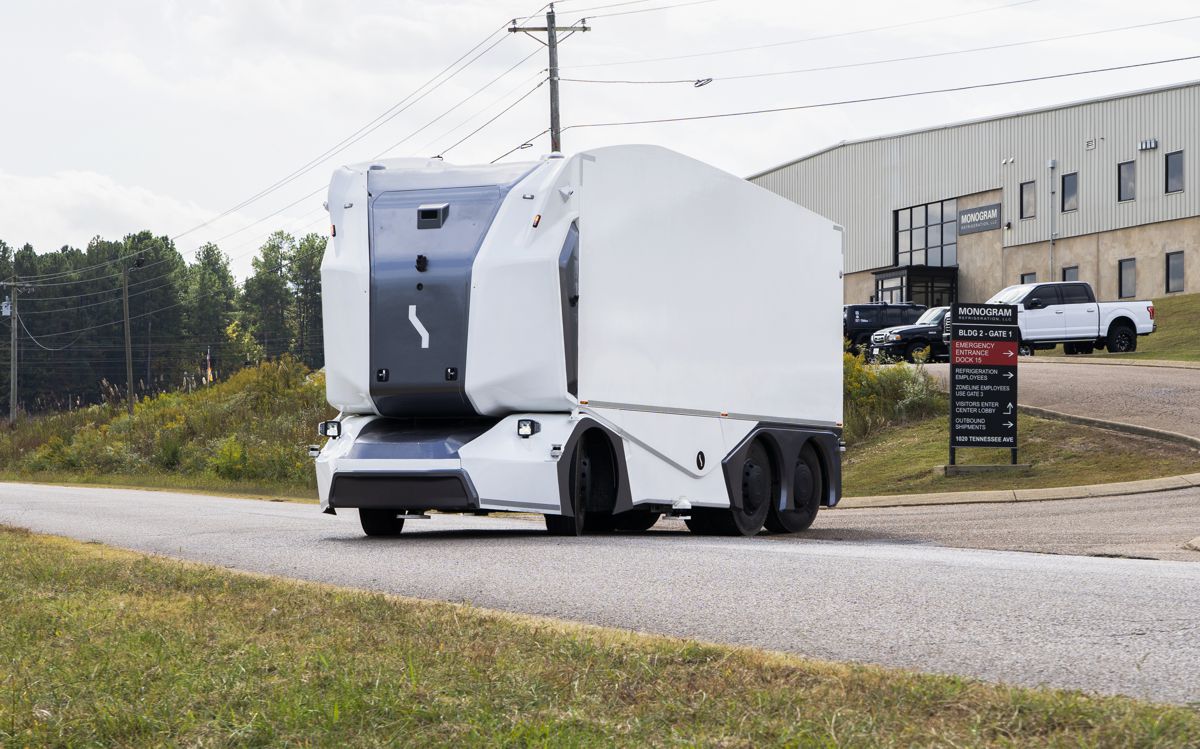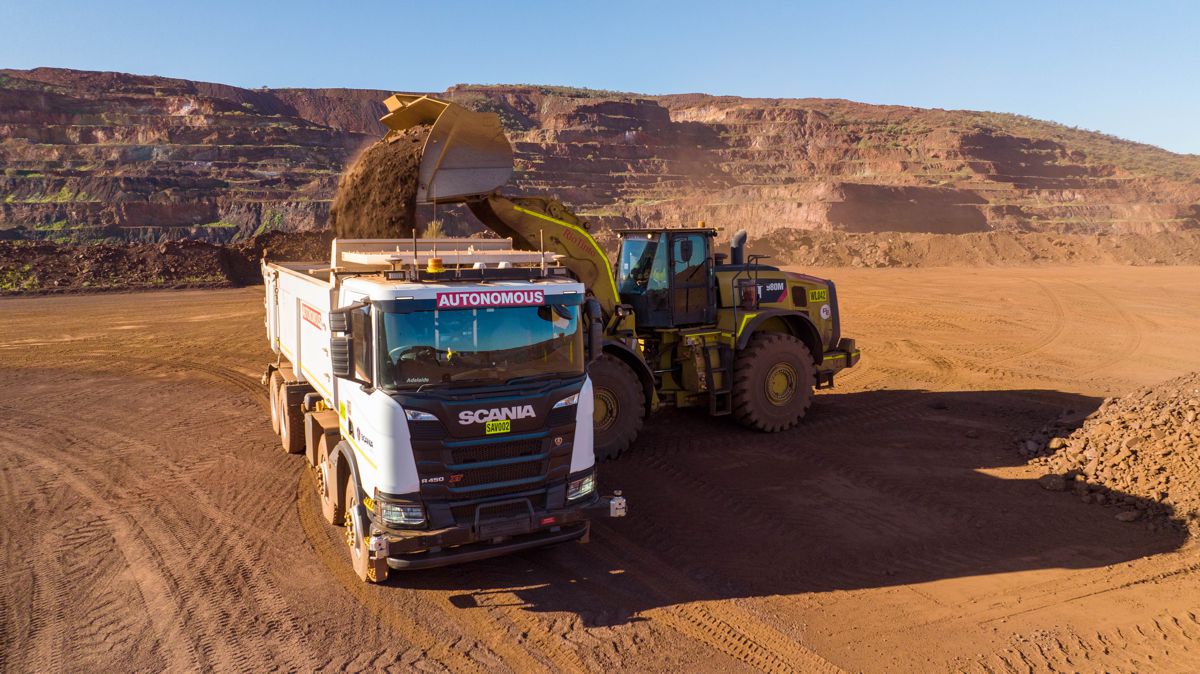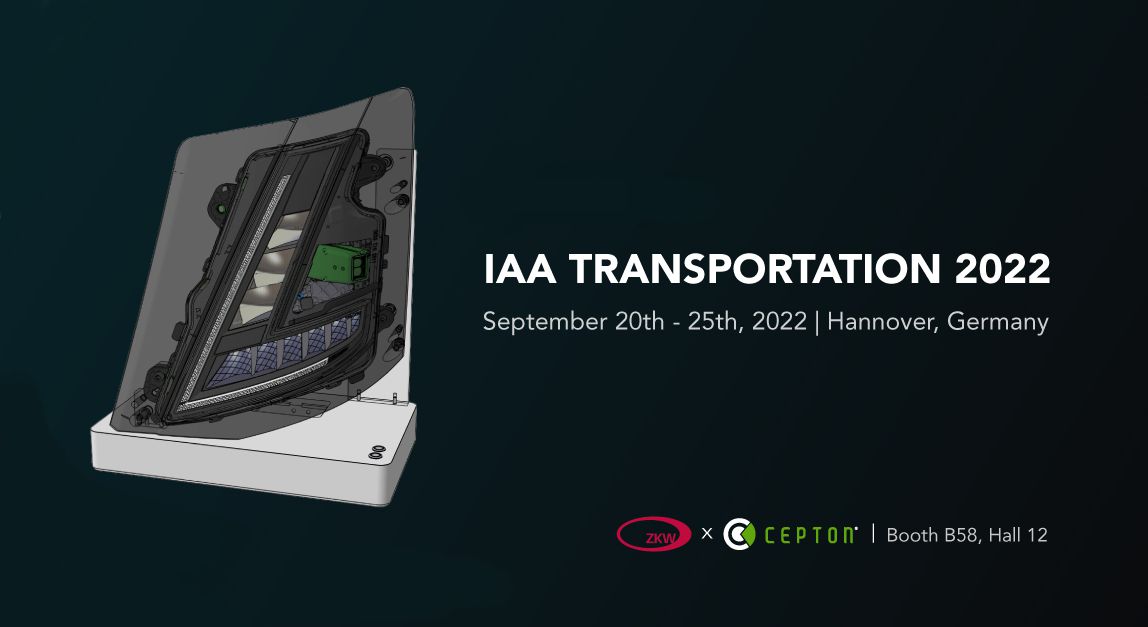Wejo announces Neural Edge Processing platform for Connected and Autonomous Vehicles
Wejo Group Limited, a global leader in cloud and software analytics generated from AV. EV and connected vehicle data (CVD), today announced it is developing a breakthrough Neural Edge Processing platform that will enable intelligent handling of data from vehicles at scale, while providing incredible insights that protect privacy and empower automotive innovation. In partnership with Microsoft, the new platform will be launched virtually from the Microsoft Partners Pavilion at the Consumer Electronics Show in Las Vegas.
With so much rich data coming from vehicles today, latency and data storage costs are potential obstacles in harnessing and scaling the power of real-time vehicle communications – both with other vehicles and the infrastructure that is set to power Smart Cities. Leveraging our strategic partnership with Microsoft Azure and powered by Wejo’s ADEPT platform, Neural Edge optimizes how this data is managed within the vehicle, further processes it at the Edge and ultimately communicates to the cloud.
This process will not only reduce data overload and maximise data insights but will reduce costs for automotive manufacturers and improve manufacturing of the vehicle to provide a better driving experience – making vehicles safer, enabling further advancements in EV and autonomous mobility, and reducing congestion and emissions.

“When I started Wejo in 2014, I knew that the proliferation of new mobility technology would drive data to a tipping point. And we are at that point today,” said Richard Barlow, Founder & CEO, Wejo. “With today’s vehicles producing approximately 25 gigabytes of data per hour, and as vehicle technology advances adding more sensors, data filtering and neural edge processing technology is essential to reduce this overload and drive the industry forward. Partnering with the likes of Microsoft and Palantir has positioned us to address this problem today, and to look ahead at the benefits of Neural Edge as a driver in the growth of autonomous mobility. “
The Neural Edge platform will filter and analyse vast amounts of AV, EV and CV Data before transmitting only the essential information to the cloud. This is made possible by utilizing in-car edge processing that we are developing to filter only useful and valuable CVD before it is transmitted to the cloud.

The embedded software technology in combination with Microsoft Azure cloud computing platform will allow Neural Edge to power automotive innovation by:
- Reducing network and storage costs for the auto manufacturers by optimising the data coming from the vehicle. Leveraging embedded software within the vehicle chipset, Wejo Neural Edge is designed to intelligently choose and prioritize the data to be sent from the vehicle to the cloud.
- Utilizing machine learning algorithms to reconstruct vehicle journey and event data, Wejo Neural Edge can take 20% of the data from autonomous, electric, and other connected vehicles and reconstruct it to represent 100% of the data, without any loss in data fidelity or integrity. The positive environmental impact is significant, as less data requires less storage which in turn reduces power consumption.
- Enabling Vehicle to Vehicle (V2V) and Vehicle to Infrastructure (V2X) communications. Wejo Neural Edge enables the standardisation and centralisation of the data that comes from autonomous, electric and connected vehicles. Not only does this provide a key building block for communication in near real time, but it also supports communication with infrastructure services such as road signs, traffic lights and parking lots, so vehicles can easily anticipate the road ahead and optimise mobility experiences.
- Delivering a digital twin of the vehicle and cities to reshape how we view the entire product and service ecosystem related to mobility. In a simulation environment, a digital twin of the US can be constructed to simulate how vehicles in different cities need to respond and navigate without having to outlay massive infrastructure costs of physical hardware or vehicles to be able to relearn how a vehicle should behave as an AV or EV, in the Smart City, etc.
As more auto manufacturers work to harness their vehicle data, Wejo Neural Edge and Wejo’s common data model will enable different manufacturer makes and models to speak the same data language, a key component supporting vehicle to vehicle communication and vehicle communications with infrastructure and services.
Wejo’s continued partnership with Palantir furthers how this model can adeptly address the problems of today and inform decisions for tomorrow.














